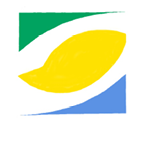

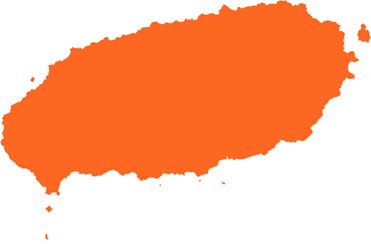
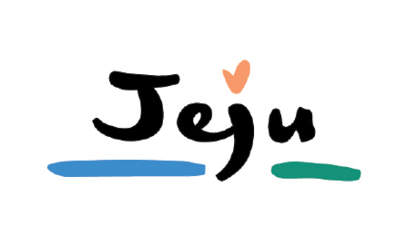
2018




2018
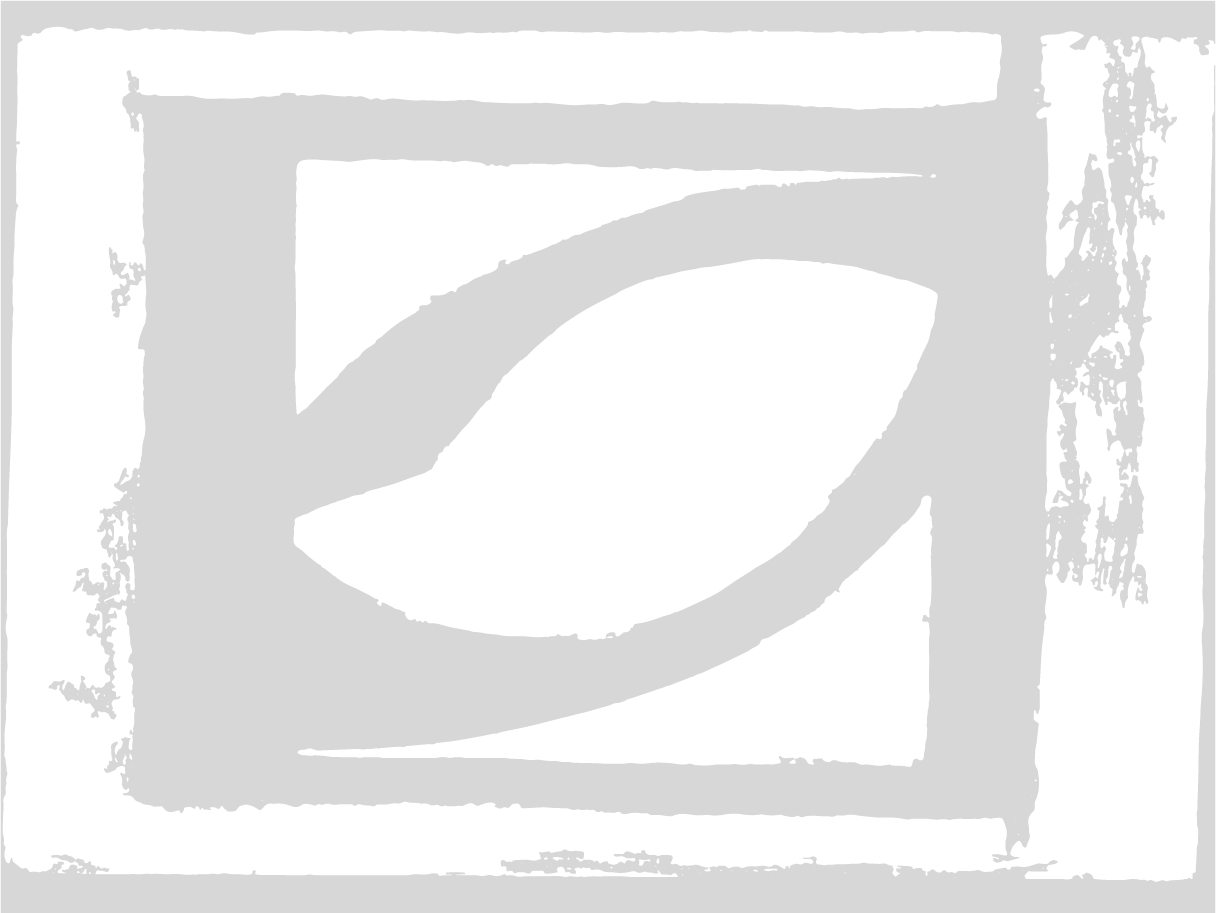
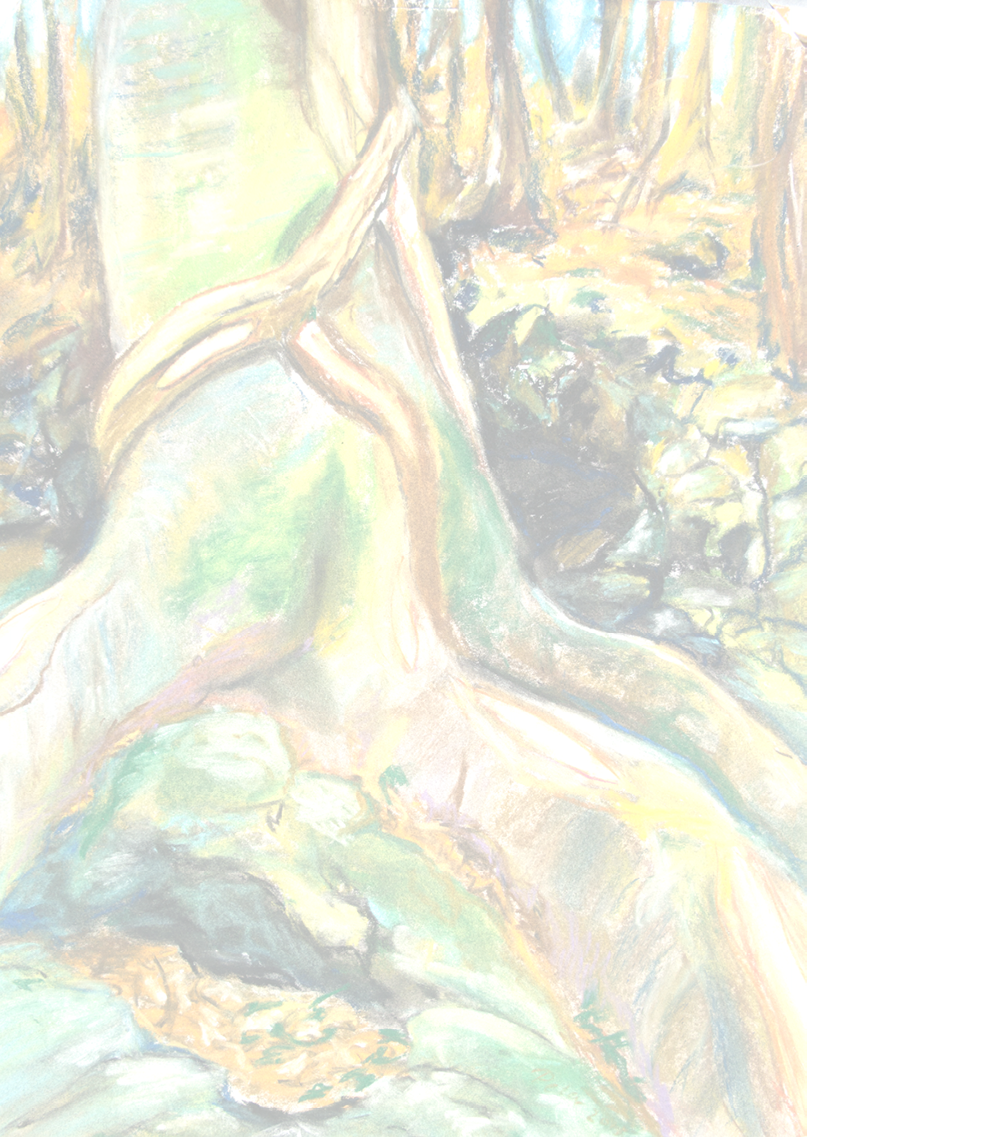
Gotjawal forest - Quercus glauca - Japanese blue oak
These are a record of the different living organisms that my family saw, whilst living on the Island of Jeju, South Korea, between 2011 and 2018. It consists of drawings, illustrations and photographs, all produced by the author.
Peter Gulian
June 2018
23rd May 2018

Click Here For Pages
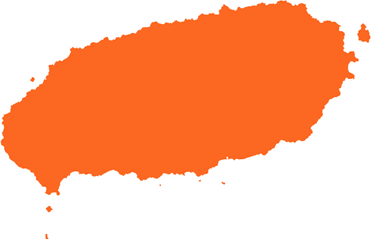
contents
c PLANTS 34
d FUNGI 52
e PORIFERA 58
f CTENOPOHRES 62
g CNIDARIA 63
h ECHINODERMATA 70
i TUNICATES 74
j FISH 78
k AMPHIBIANS 82
l REPTILES 84
m BIRDS 88
n MAMMALS 90
o PHORONIDA 94
p ISIPUNCULA 94
q BRYOZOANS 95
r PLATYHELMINTHES 96
s NEMATODES 97
t ANNELIDS 98
u MOLLUSCS 102
v CRUSTACEA 142
w CENTIPEDES 152
x INSECTS 153
y MILLIPEDES 212
z ARACHNIDA 214
VEINS OF LIFE


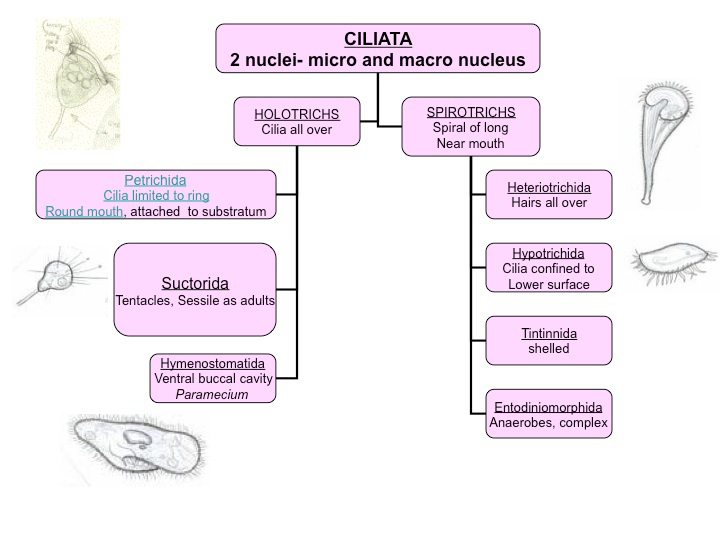
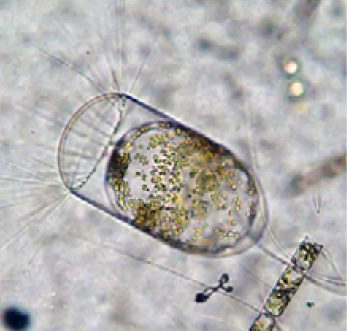

3
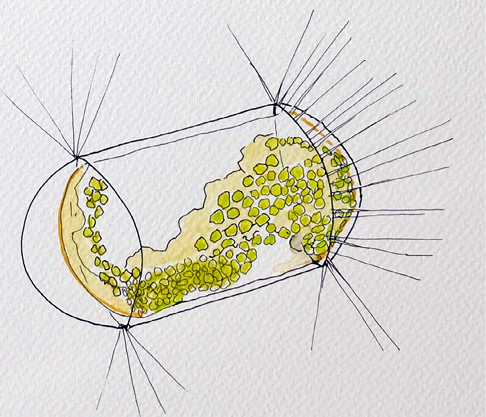
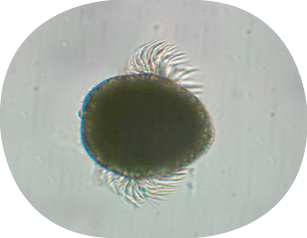

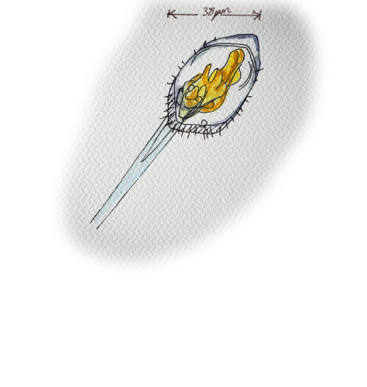
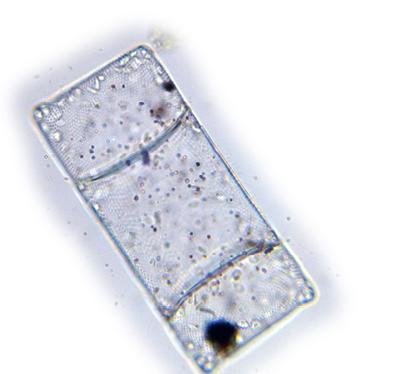
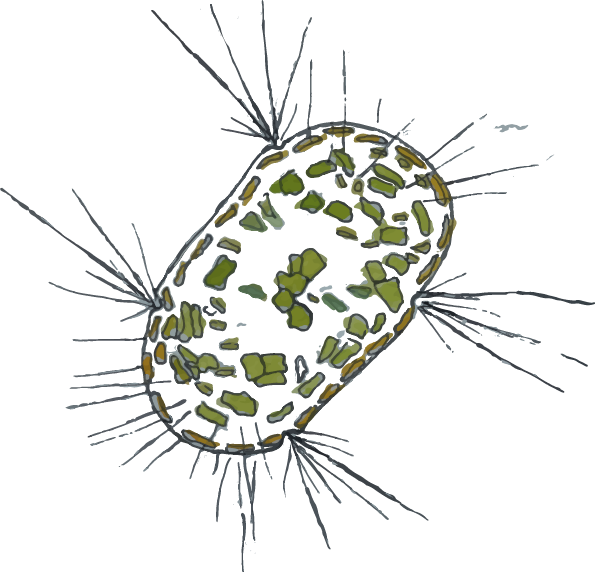
all marine species
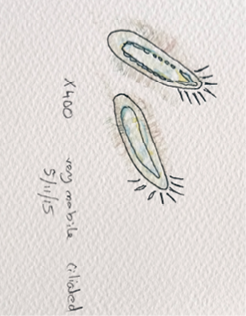

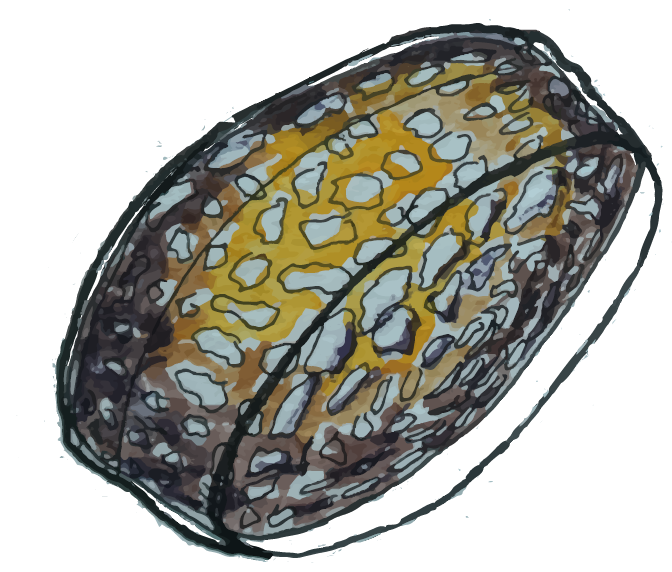

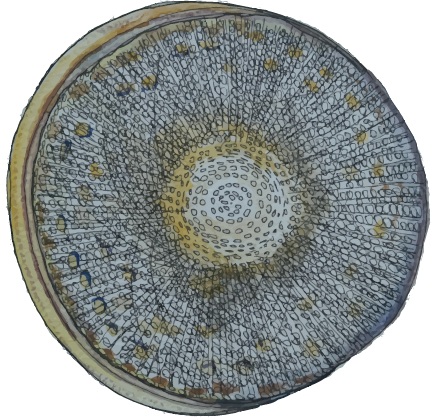
Stephanodiscus species
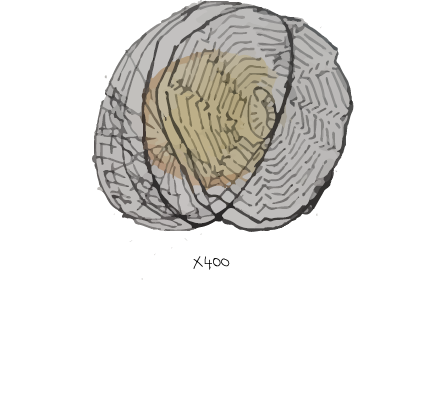
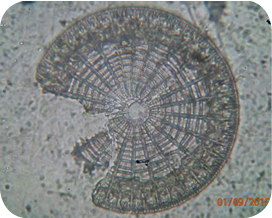
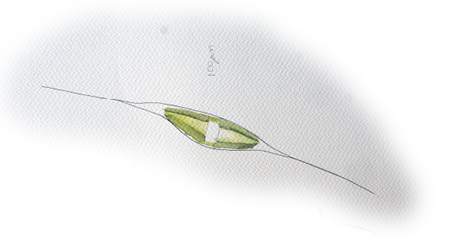
iv) Xanthophyta
Songsan
.png)
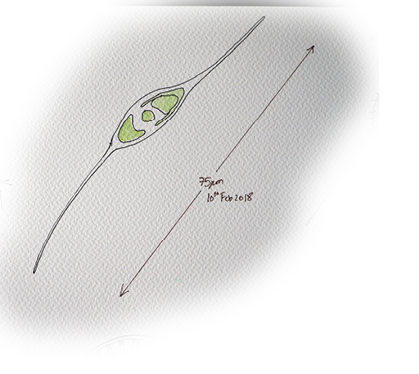
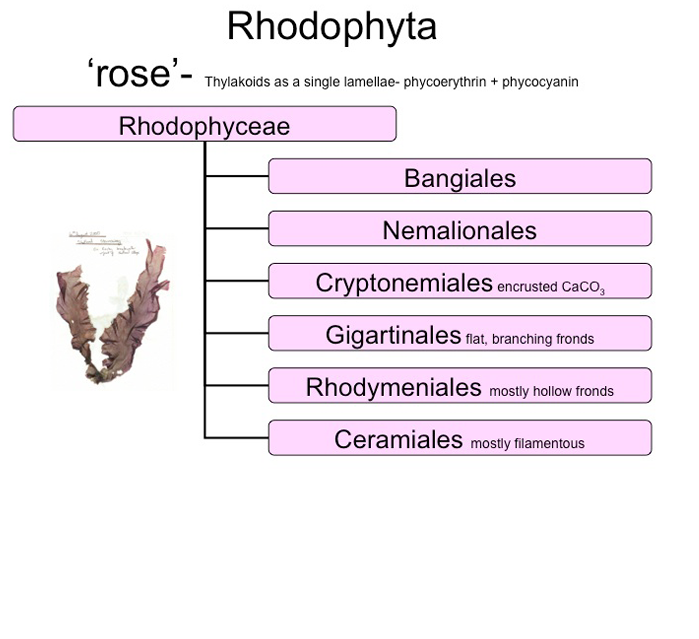

.png)
vii)
West Coast Jeju
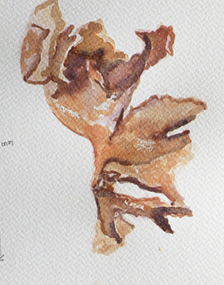
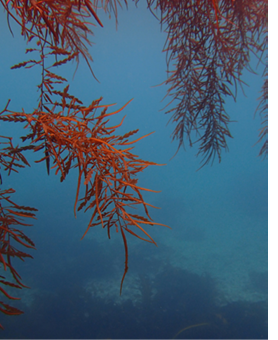
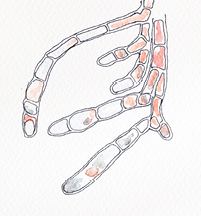
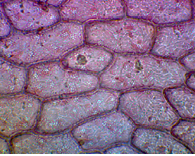
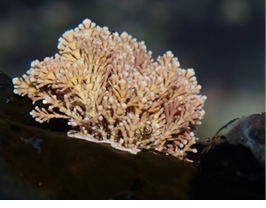
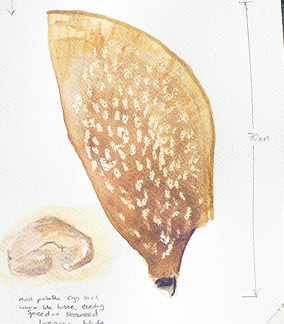
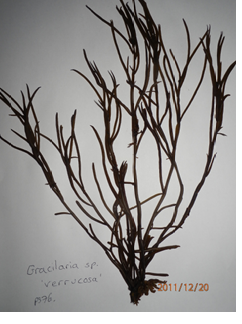
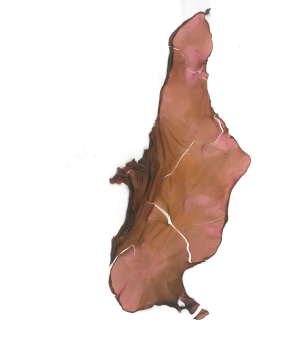
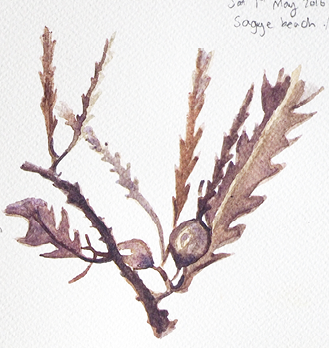
Ceramium species
Porphyra species
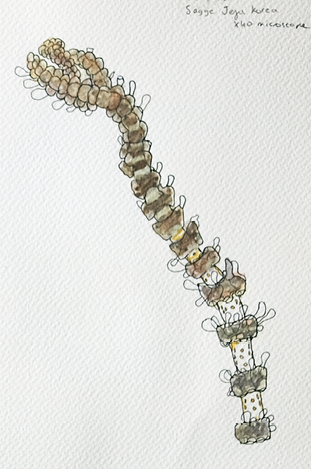
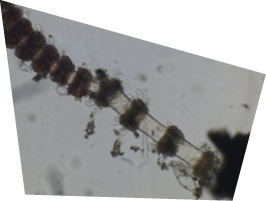
50 m
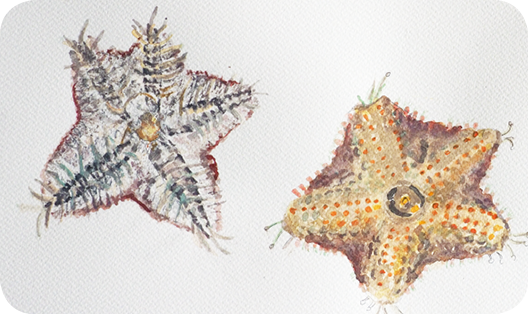

Asterina pectinifera
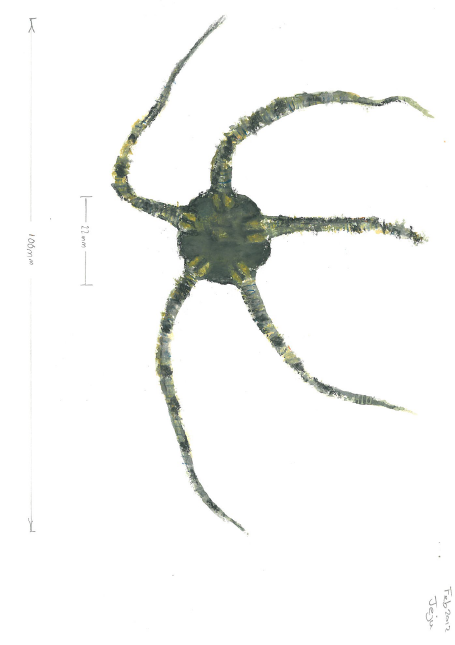
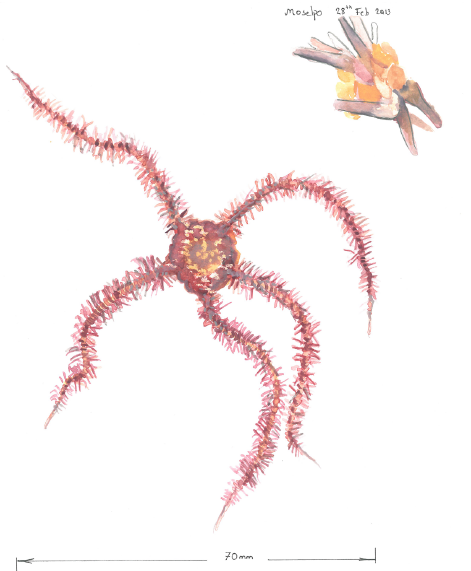
Ophiomastix mixta
class Stelloridea
red spider seastar
Opiarachnella gorgonia
smooth brittle star
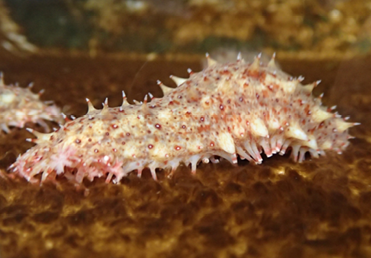
4. Class HOLOTHUROIDEA
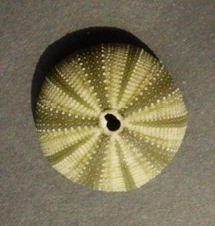
Hemicentrotus pulcherrimos
3. Class ECHINOIDEA
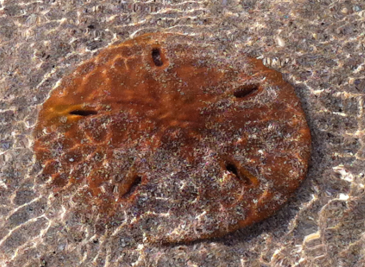
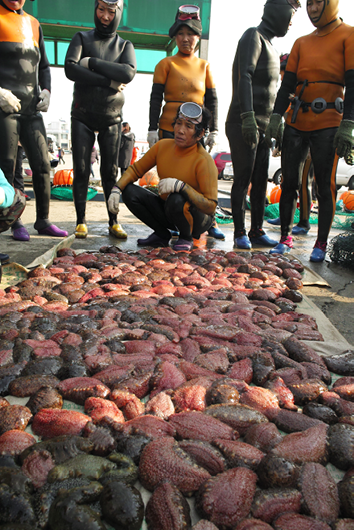
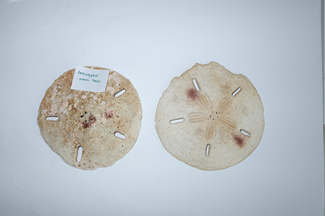
Astriclypeus manni
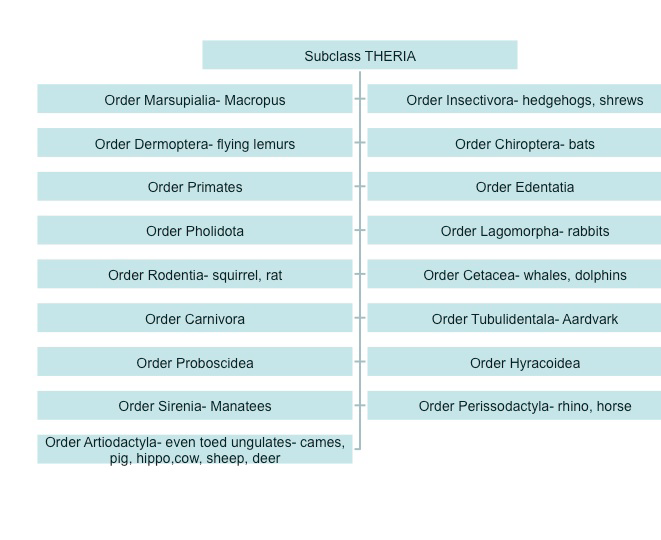
14. Order Cetacea
9
3
4
1
2
5
Tursiops truncatus
6
7
8

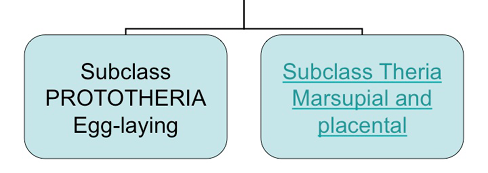
.png)
n. MAMMALS
10
11
14
15
12
13
16
17
West coast Jeju
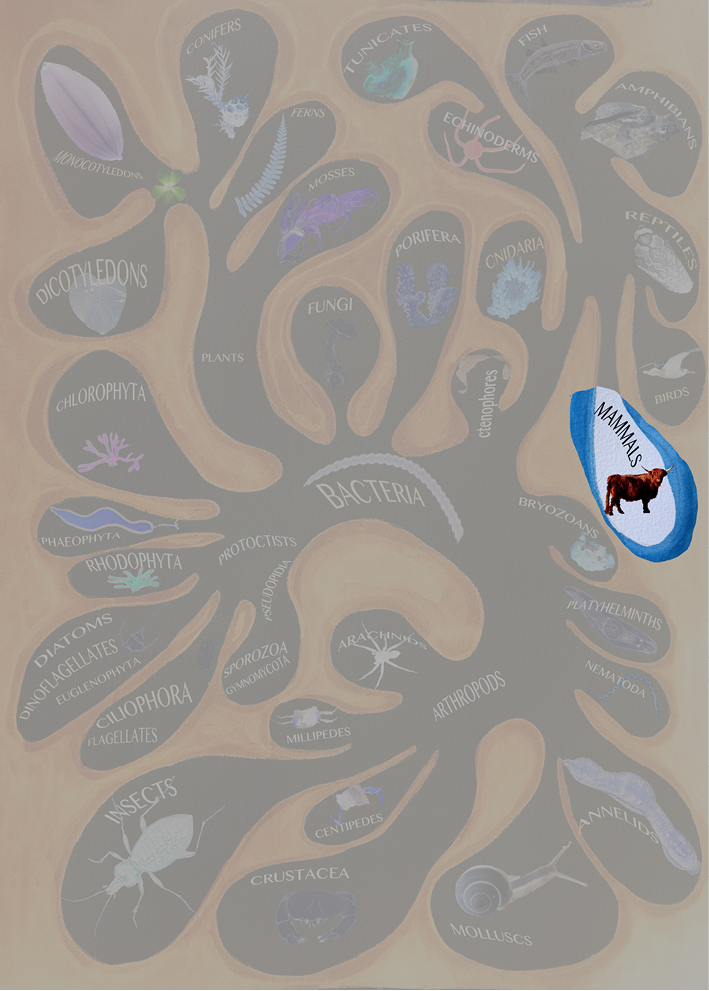
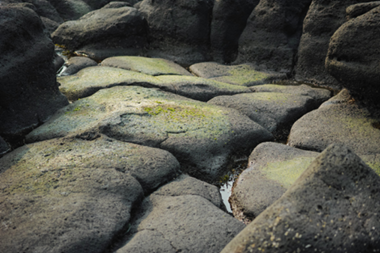
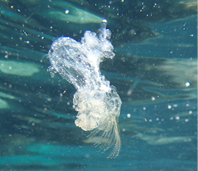
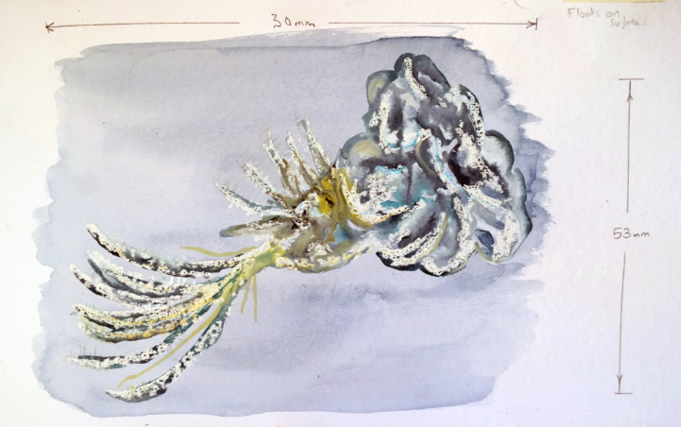

Unsegmented worm with trunk
Class Golfingiidae
o. PHORONIDA
p. ISIPUNCULA
unsegmented worm with trunk
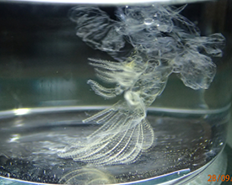
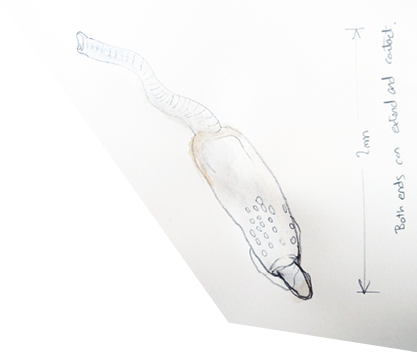
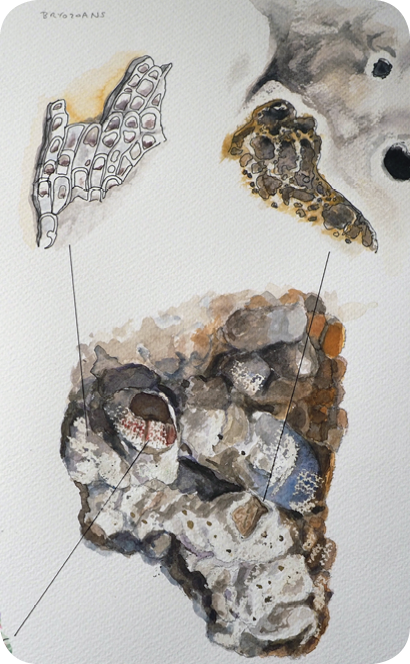
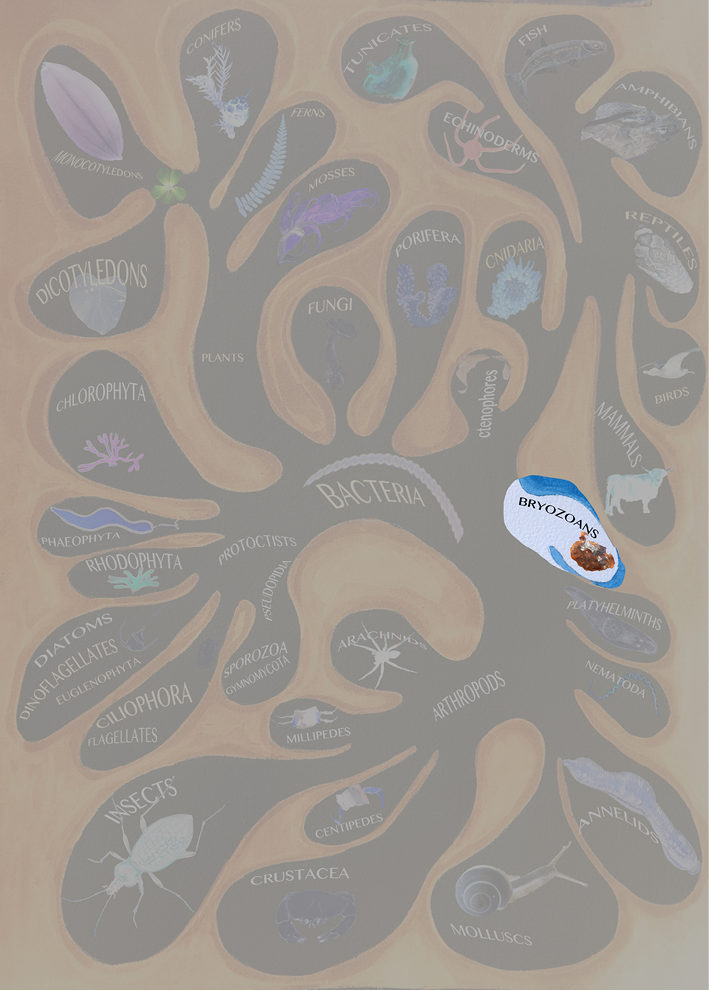
Sessile, colony forming ceolomates.Each colony arises by asexual reproduction from a sexually produced larva, with each unit (zooid), communicating through pores, with Zooid polymorphism.
tentacles with cilia, tentacles clearly clearly retractile. through an single hinged operculum.
Entoprocts - stalked modules, ciliated tentacles
Hydrozoans - tentacles with no operculum, always without cilia. Transparent.
Pterobranchs - zooids with a few branched ciliated tentacles
q. BRYOZOANS
.png)
Chagwido

u. MOLLUSCS
.png)
Jungmun beach
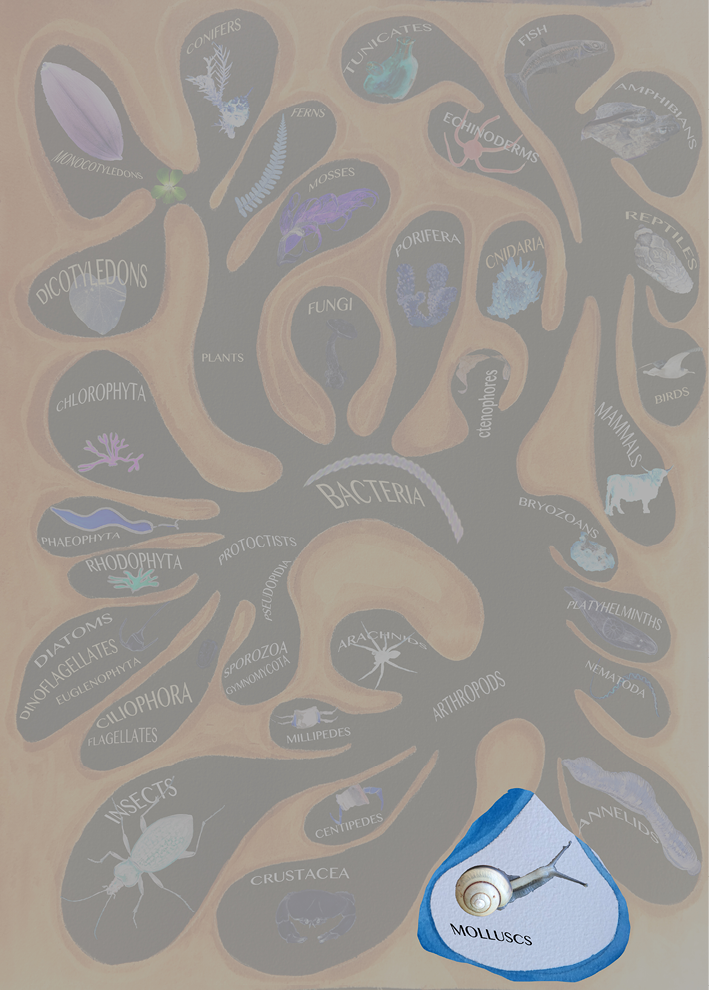
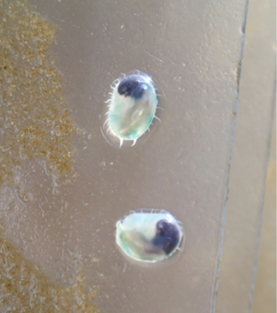
Haliotis discus discus
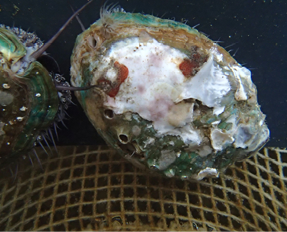
Haliotis discus discus
Haliotis discus discus

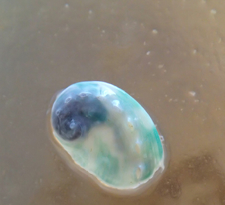
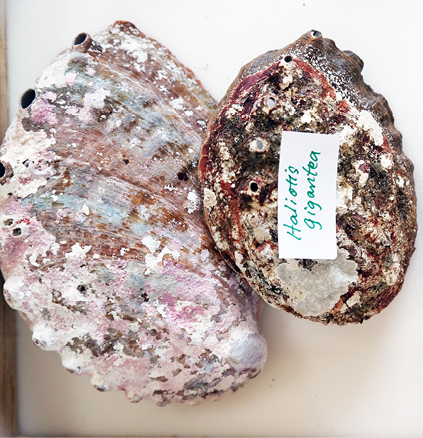
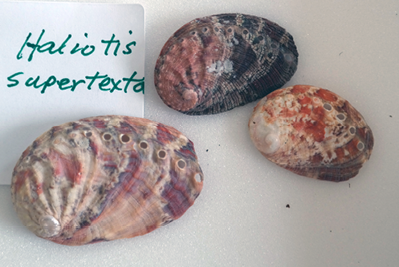
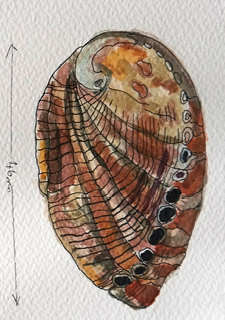
Haliotis supertexta
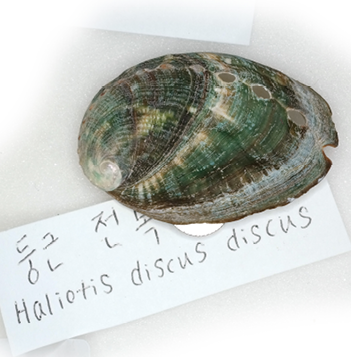
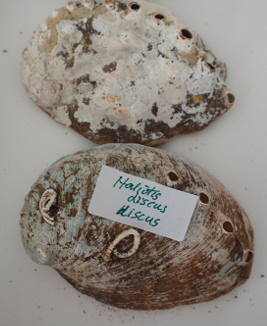
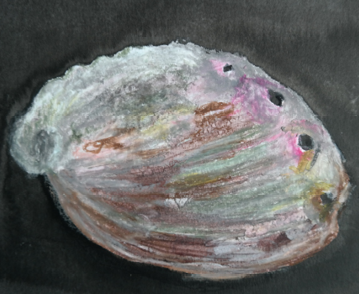
Haliotis discus discus
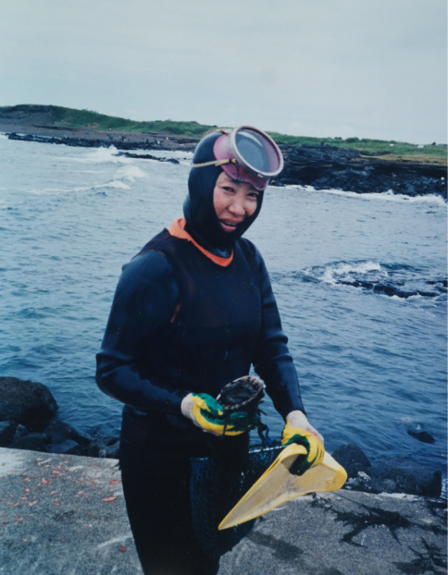
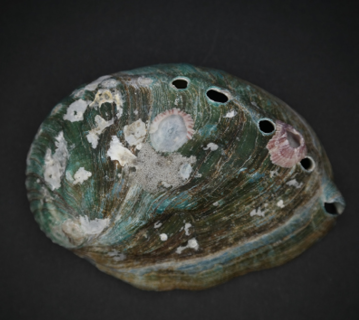
Haliotis discus discus
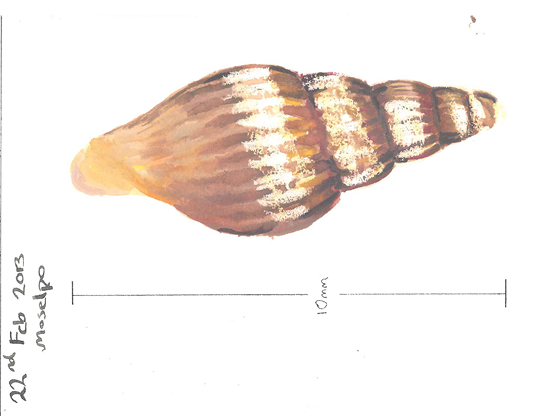
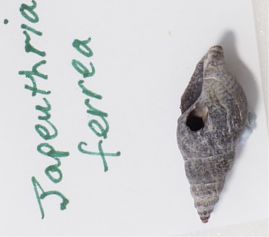

Pollis subrubignosa
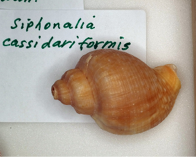
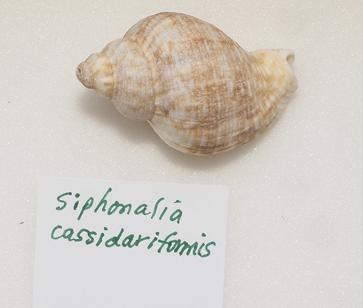
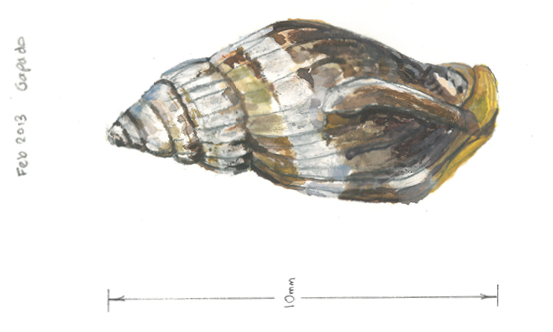
Pollia mollis
.png)
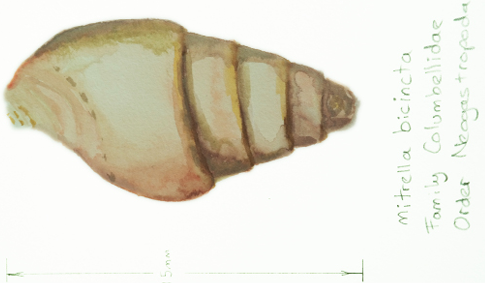
Mitrella bicincta
Pyrene flava
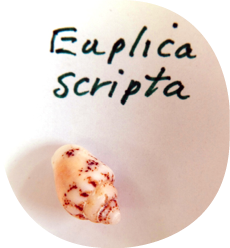
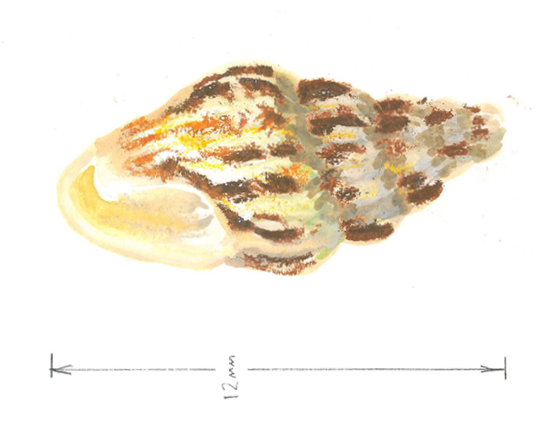
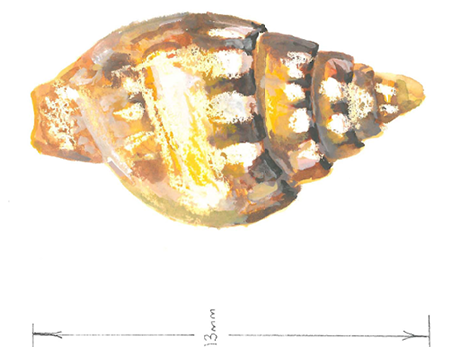
Pyrene flava
Anachis misera misera
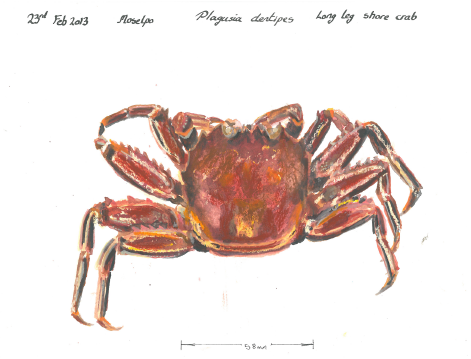
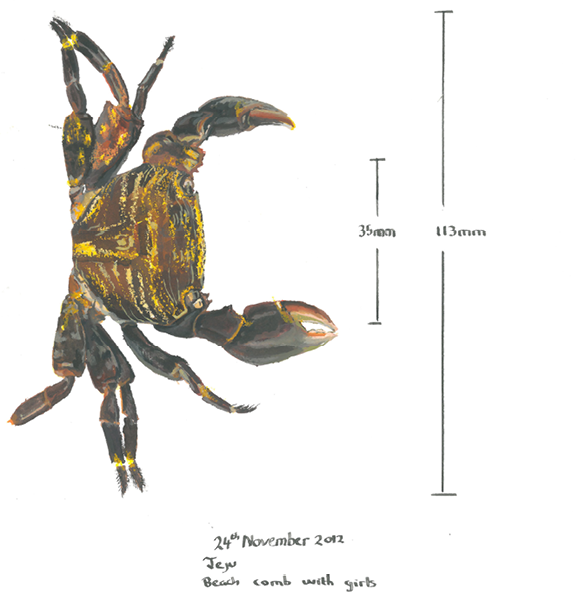
Order Decapota

Pachygrapsus crassipes
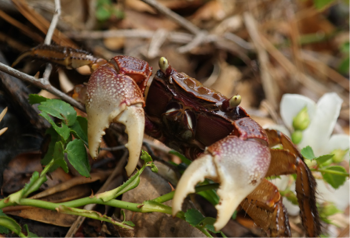
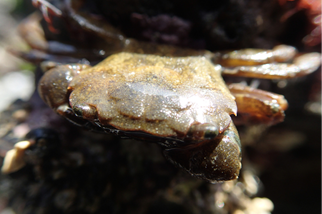
Chiromantes species
Family Grapsidae
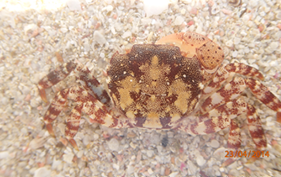
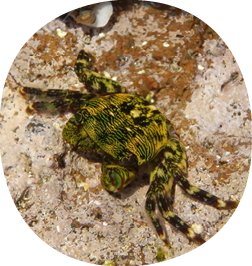
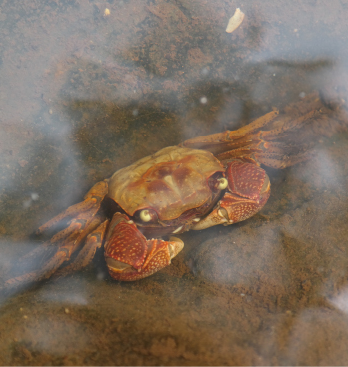
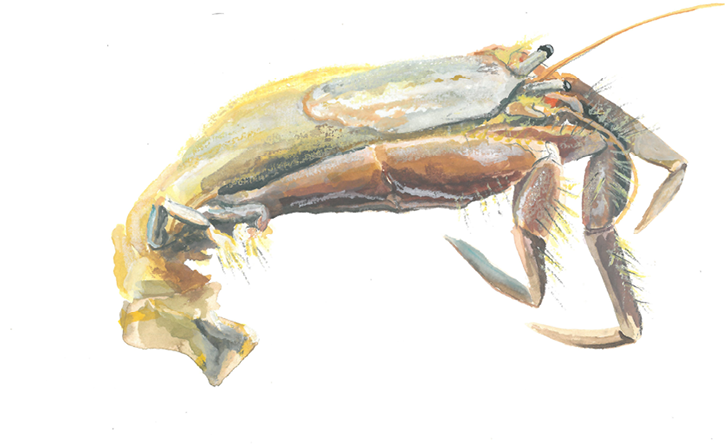
Family Paguridae
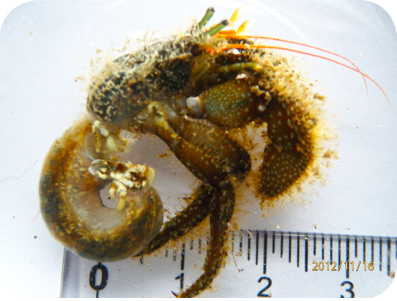
Parapagucodes species
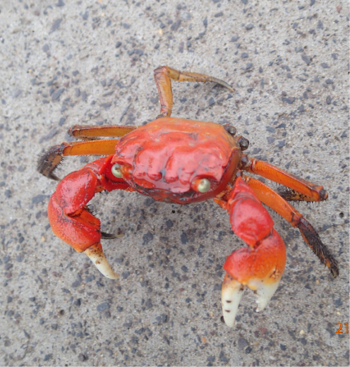
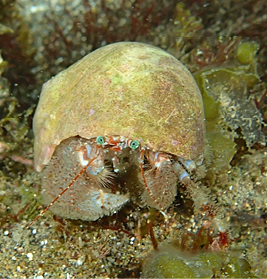
Pagurus similis
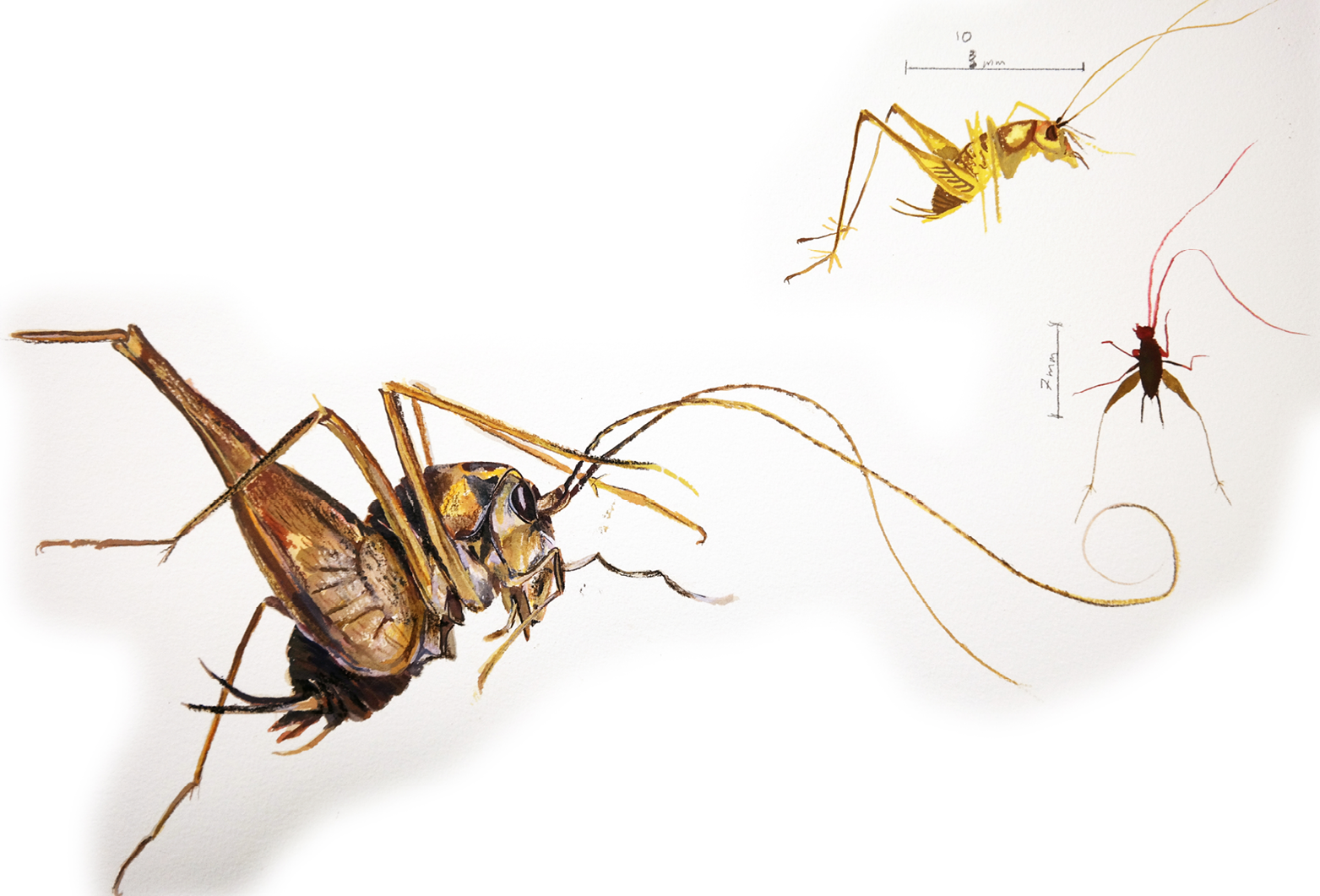
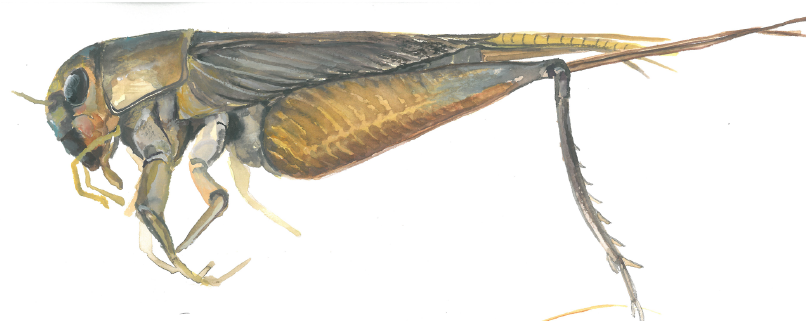

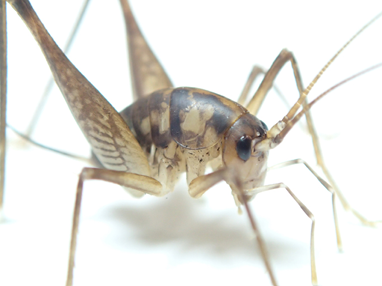
41mm
Paratachycines ussuriensis
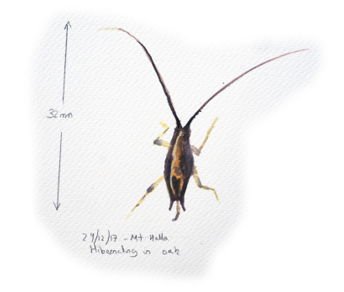
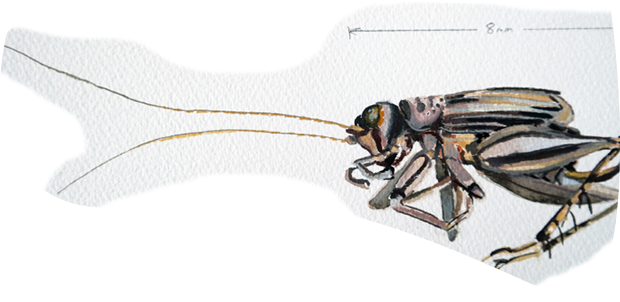
Nippancistroger testaceus
Andeok Valley Cave species
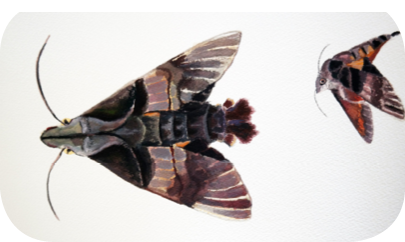
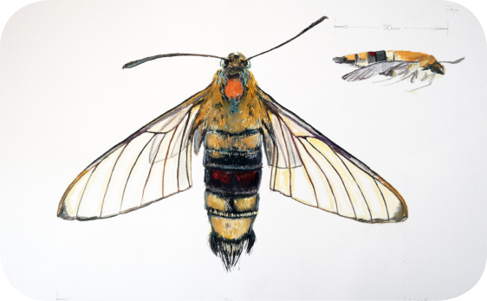
j - Moths

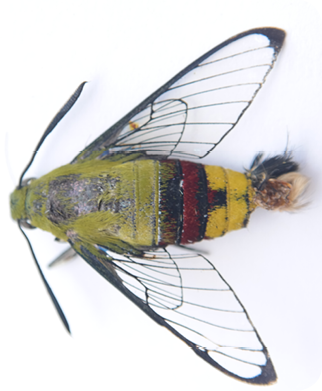
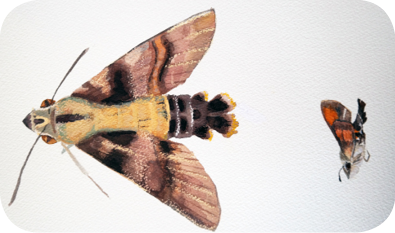
Cephonodes hylas
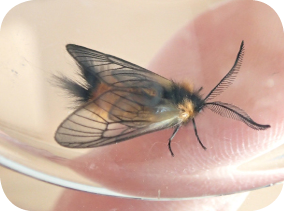
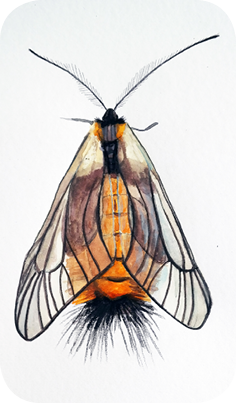
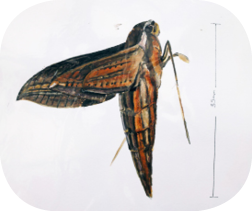
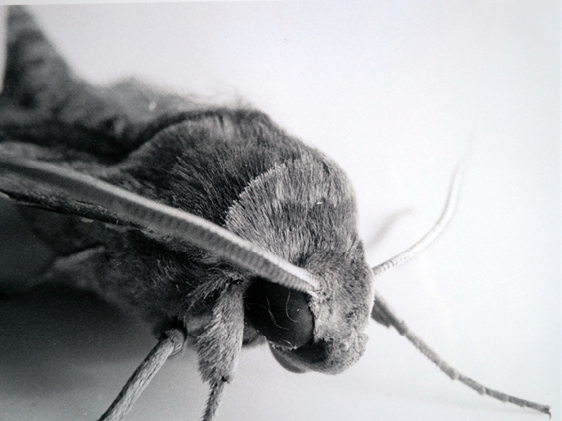
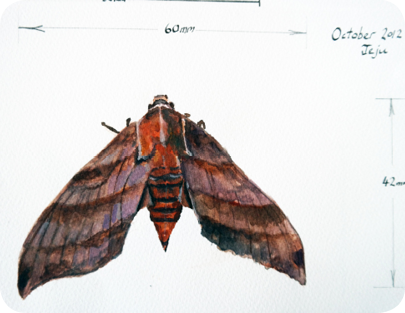
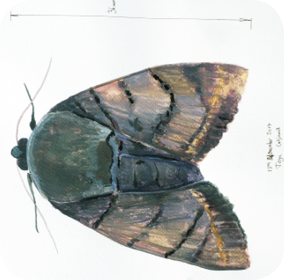
Similinthus planus
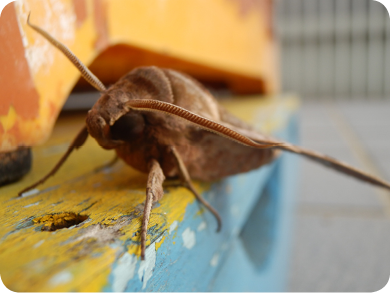
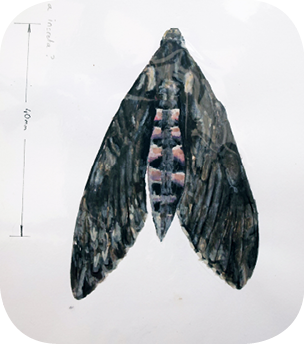
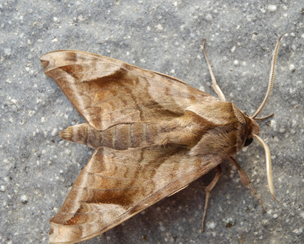
Acosmeryx naga
BIBLIOGRAPHY
My thanks to Mr Ron G. Noseworthy, Faculty of Marine Biomedical Sciences Jeju National University, for helping to identify and organise the Molluscs in this book
Books
Handbook of the Marine Fauna of North-West Europe - Ed. Hayward P.J., Ryland J.S. (2012) - Oxford Press – ISBN 978-0-19-854055-7
Additional Korean Books
Marine Algae of Jeju – Lee Y. (2008) – ISBN 978-89-7616-402-5
A Pictorial survey of the Ecosystem of Nature Reserve Hallasan (2006) Research Institute for Mt Halla
Wild Plants of Jeju Island – Lee Yong No, Lee Kyung Seo, Sin Yong Man (2001) Yeomiji Botanical Garden Jeju
Marine Invertebrates in Korean Coasts - Hong, Sung Yun (2006) – Academy Publishing Company ISBN 89-7616-373-7 96490
A Field Guide to the Jeju Seashore – Choi, Kwang-Sik (2011) ISBN 978-89-6208-063-6 96400
Natural Heritage and Folklore of Jeju Island – (2008) – Folklore and Natural History Museum Jeju Special Self-Governing Province
The Sea Fishes of Korea – Myoung, J. (2002) – ISBN 978-89-94129-20-4
A Field Guide to Trees and Shrubs – (2009) - Korean National Arboretum ISBN 978-89-94242-04-0
Butterflies of Jeju Island – (2002) – Jung-Haeng-Sa publishing - ISBN 89-88154-24-x
Useful Insect Guide – (2015) - ISBN 978-89-381-0929-3
Insects of Jeju – (1994) - ISBN 89-89-429-0807-1
Mushrooms of Jeju – www.iljinsa.com
Birds of Jeju –(2008)– ISBN 978-89-94474-00-706490
Endemic Plants of Jeju – www.eri.jeju.go.kr
